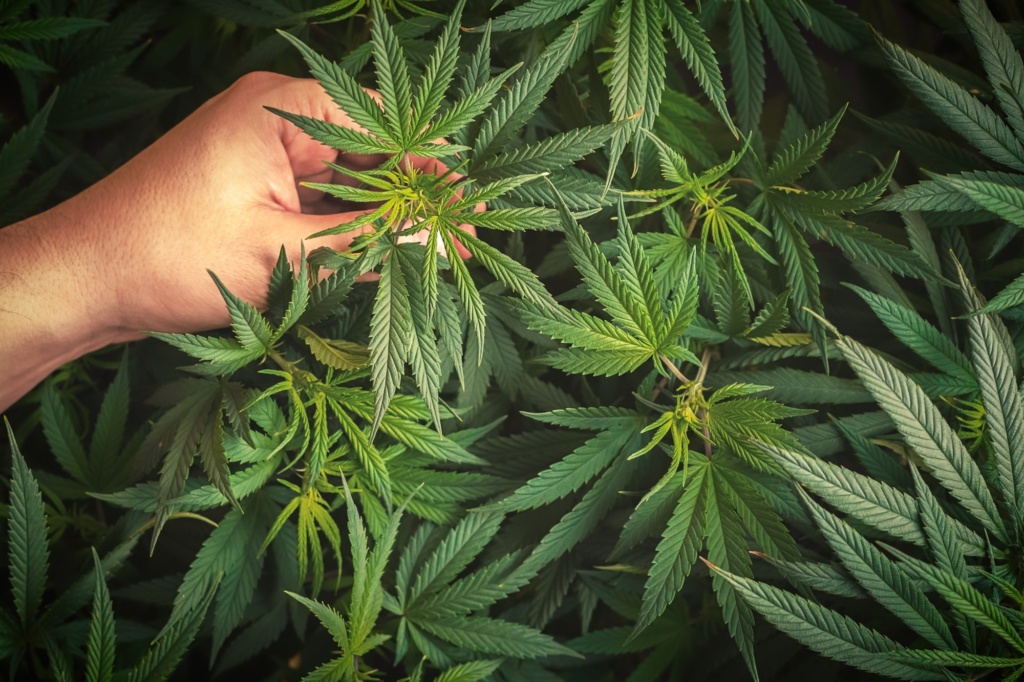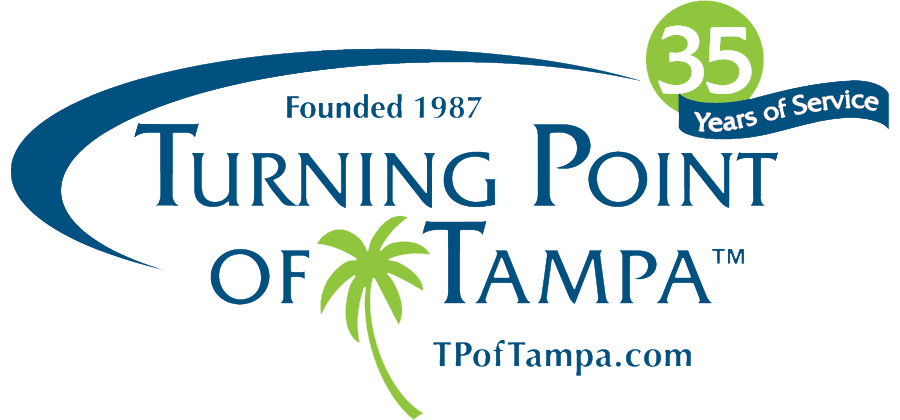Legalization efforts and legislative changes have increasingly brought the terms “marijuana” and “CBD” into public awareness and conversation over the last 20 years.
What is Marijuana? What is CBD?
Marijuana is the third most commonly used addictive drug, following tobacco and alcohol. When most people use the term “marijuana”, they are referring to the dried flowers, leaves, stems, and seeds of the female Cannabis sativa or Cannabis indica plant that contain the psychoactive chemical delta-9-tetrahydrocannabinol, commonly known as THC. Marijuana is called by several other names, including “weed”, “herb”, “pot”, “grass”, “bud”, “green”, “ganja”, and “Mary Jane.”
The cannabis plant contains over 500 other chemicals, 100 of which are compounds chemically related to THC called cannabinoids. Cannabidiol, or CBD, is a cannabinoid extracted from the flower buds of the cannabis plant that lacks psychoactive properties and is used for medicinal purposes.
How is marijuana used?
Marijuana can be smoked in joints, blunts, bowls, pipes, and bongs. It can be consumed orally in food products and candies, referred to as edibles. It can also be consumed orally in tinctures, teas, or capsules. Marijuana concentrates, or THC-rich resins extracted from the marijuana plant, are increasingly being used and include oil (a honey-colored liquid), wax or budder (a soft, solid lip balm-like substance), and shatter (a hard, amber colored solid.) Marijuana concentrates are smoked by using vaporizers, referred to as vaping, or by using a dab rig, a process called dabbing. Finally, marijuana can also be used via suppositories and topical solutions.
How does marijuana produce a psychoactive effect?
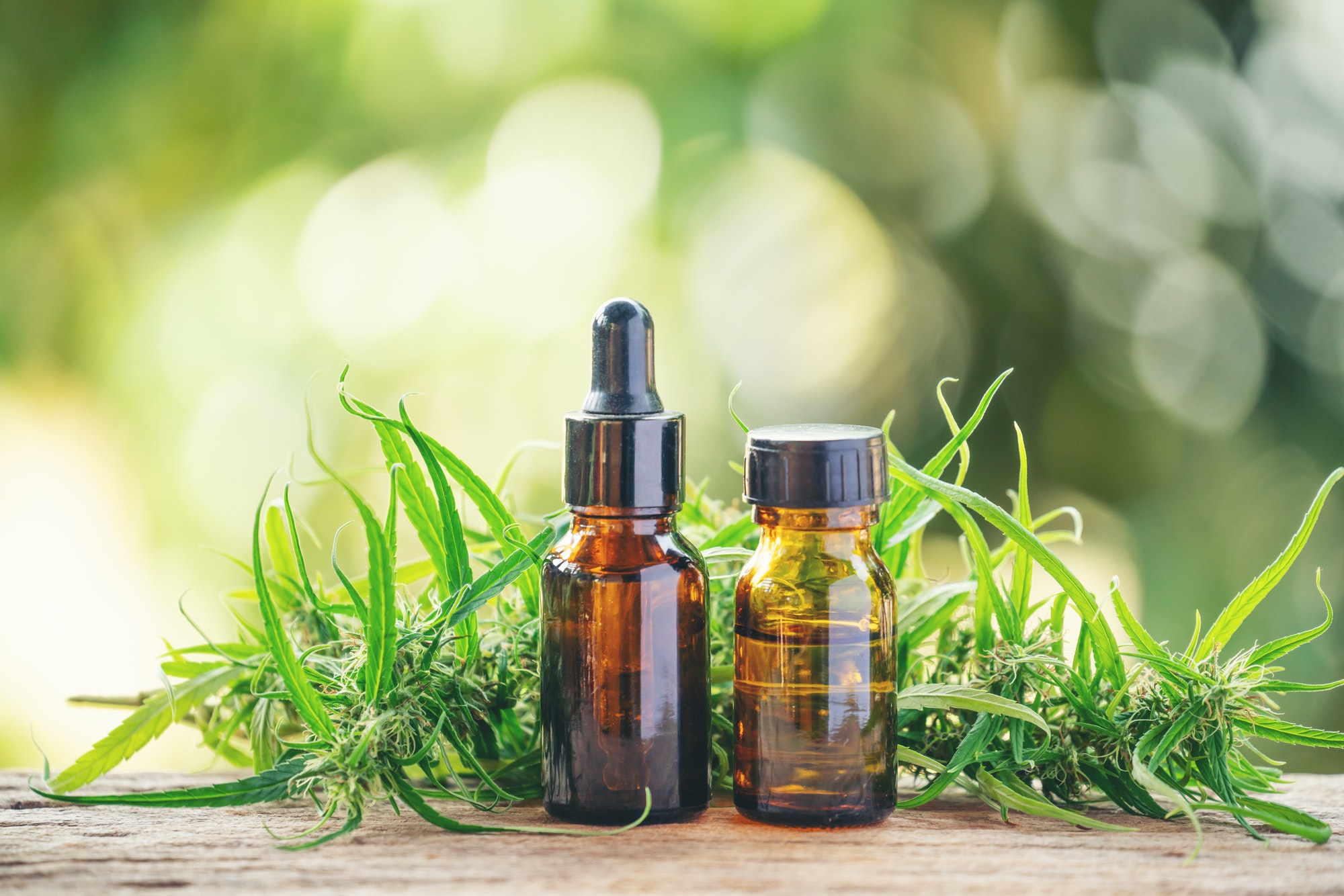
Humans have two cannabinoid receptors found on neurons in our brains: CB1 and CB2. Anandamide a naturally occurring cannabinoid found in our brains that functions as a neurotransmitter which attaches to and activates our CB1 receptors. THC’s chemical structure is similar to anandamide; thus, THC is able to attach to and activate the CB1 receptors. THC impairs the normal functioning of the hippocampus and orbitofrontal cortex, both of which have important roles in learning, memory, attentional focus, and decision making. It alters the functioning of the cerebellum, which controls balance for walking and standing, as well as other complex motor functions. THC also disrupts the functioning of the basal ganglia, an area of the brain involved in motor control, motor learning, executive functions, behaviors, and emotions. In addition, THC activates the brain’s reward system causing the neurotransmitter dopamine to be released at higher-than-normal levels. Dopamine is typically released in response to behaviors necessary to our survival and well-being (i.e., eating and sex) and serves as a reward, thus motivation repetition of these behaviors in the future. The excessive release of dopamine resulting from THC use causes feelings of pleasure and satisfaction, thus motivating future THC use and contributing to the development of marijuana dependence.
What are the short-term and long-term effects of marijuana use?
Most people who use marijuana use it to experience the short-term, pleasurable effects, such as euphoria, a sense of relaxation, heightened sensory perception, laughter, altered perception of time, and increased appetite. Unfortunately for marijuana users, the drug also causes a variety of negative short-term side effects. These include impaired thinking, difficulty learning and performing complicated tasks, impaired ability to form new memories, and difficulty with problem solving and shifting attentional focus. Marijuana use causes impaired body movement, balance, posture, coordination, and reaction time. It results in increased heart rate for up to three hours after using, which may increase the risk of heart attack in older people and those with heart problems. Marijuana use causes problems with sleep and has been shown to reduce slow wave and REM sleep. It also results in changes in mood, including anxiety, fear, distrust, and panic. Because of the increased potency of marijuana edibles and concentrates, more people are experiencing THC overdose, the symptoms of which include, nausea, vomiting, headaches, elevated heart rate, panic, and paranoia. People who use high doses of marijuana or marijuana concentrates are at risk for acute psychosis, which involves hallucinations, delusions, and a loss of the sense of personal identity.
Long-term marijuana use causes a variety of negative physical, psychological, and social consequences. It has been linked to altered brain development and cognitive impairment, especially when people begin using marijuana as teenagers. It has also been linked to depression, anxiety, and suicidal thoughts among teens. Long-term marijuana use is associated with an amotivational syndrome involving diminished drive to engage in behaviors that are typically rewarding. It has also been associated with worsening symptoms in patients with schizophrenia. People who use large amounts of marijuana frequently report more relationship problems, less academic and career success, and diminished life satisfaction and achievement. Marijuana use has been linked to higher likelihood of dropping out of school, more job absences, as well as more accidents and injuries.
The long-term physical symptoms of marijuana use include chronic bronchitis, daily cough and phlegm, more frequent lung illnesses, higher risk of lung infections, increased heart rate, and increased chance of heart attack, especially in older people and people with heart problems. The FDA and CDC are investigating hundreds of reports of serious lung illnesses and several deaths associated with vaping, and many of the products tested are vaping products containing THC. Routine long-term marijuana use may result in Cannabinoid Hyperemesis Syndrome in some individuals, which involves regular cycles of nausea, vomiting, and dehydration and sometimes requires emergency care. People who stop using marijuana after long-term use experience withdrawal symptoms including, diminished appetite, mood changes, irritability, sleep difficulties, headaches, loss of focus, cravings for marijuana, sweating, chills, increased feelings of depression, and stomach problems. In addition, The National Epidemiological Survey on Alcohol and Related Conditions in 2016 found that long-term marijuana use increases the risk of developing marijuana use disorder, alcohol use disorder, nicotine dependence, and other drug use disorders. Animal studies involving rodents repeatedly exposed to THC when they were young showed enhanced response to other addictive substances. These observations explain why marijuana is often viewed as a gateway drug.
Cultural Perception of Marijuana over the Years
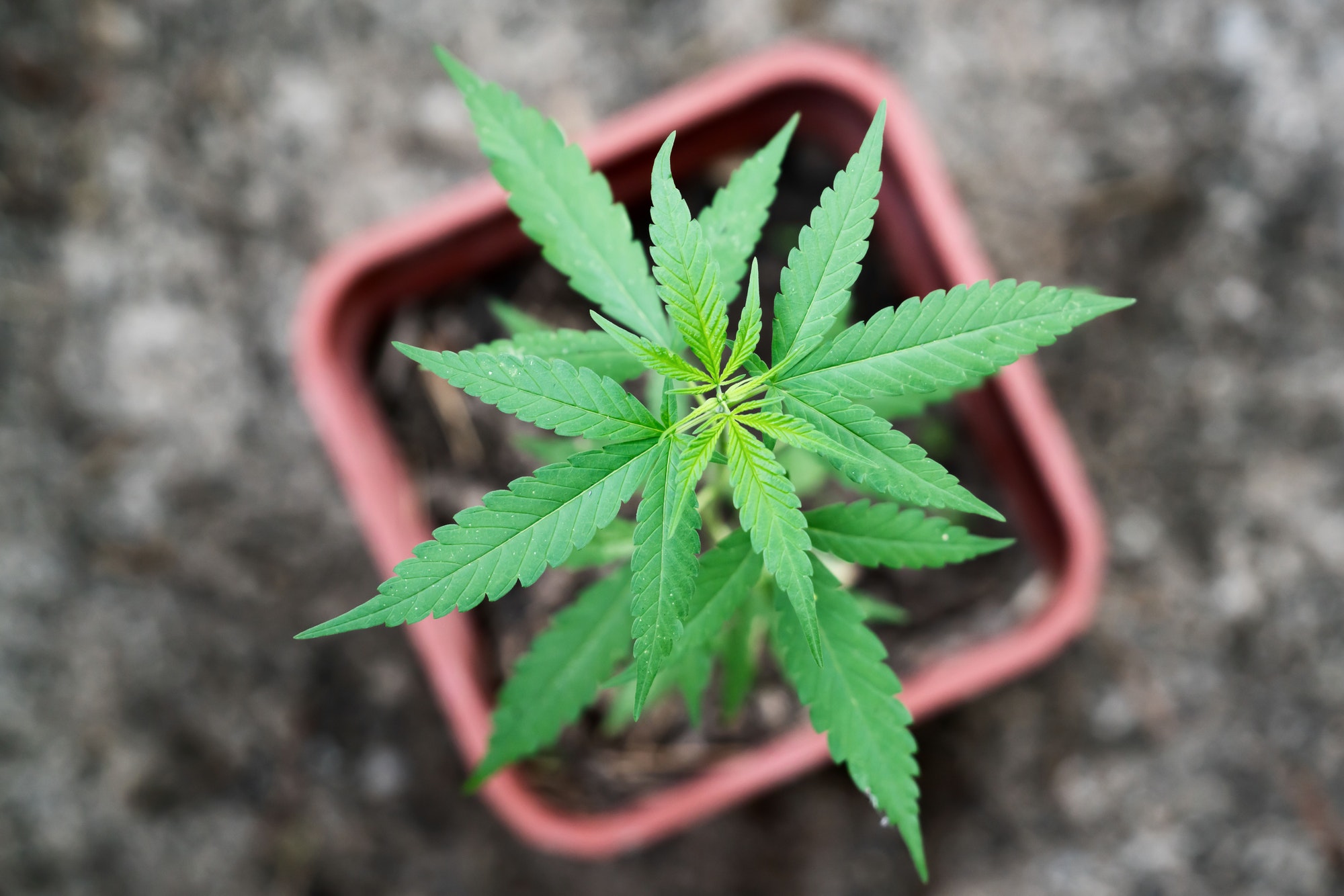
Cannabis sativa was cultivated and used to produce hemp in the United States in the 1600s and eventually was replaced by cotton in 1890. It was used by healthcare providers to treat a variety of diseases between 1850 and 1936, and the 3rd edition of the Pharmacopoeia of the United States describes how to prepare cannabis for use as an analgesic, hypnotic, and anticonvulsant. Some states banned cannabis in 1913 due to the perception that it caused schizophrenia and because it was used by minority populations. The Marijuana Tax Act was passed in 1937 and the importation, cultivation, possession, and distribution of marijuana were regulated. The American Medical Association removed cannabis from the 12th edition of the U.S. Pharmacopeia in 1942. In the 1960s, marijuana use among adolescents and young adults increased and brought cannabis back into public conversation. In 1970, the Comprehensive Drug Abuse Prevention and Control Act was passed and classified cannabis as a Schedule I drug. Medical and recreational use of cannabis were banned and research on the drug was limited. Cannabis use peaked in the late 1970s, with 37% of high school seniors and 12.8% of Americans over 12 reporting cannabis use within the past month. The mandatory sentencing and three strike laws passed in the 1980s resulted in a decline in use and by 1992 12% of high school seniors and 4.4% of the general population reported using marijuana within the past month. Marijuana use among youth and the general population stagnated throughout the late 1990s and 2000s, however, there has been a steady increase in general population past-month use since 2007. In 2015, an estimated 8.3% of Americans 12 years of age or older reported having used cannabis in the past month. Between 1969 and 2019, more and more people began supporting the idea of legalizing cannabis. As of 2019, 11 states and Washington, DC had legal recreational marijuana programs and medical marijuana programs, 22 states had comprehensive medical cannabis programs (THC & CBD), and 13 states had low THC programs (CBD).
Unintended Consequences of Legalization
While state laws are diverse and evolving, marijuana is still illegal to use and possess under federal law. Often clients may purchase more than is legally allowed in their state and end up facing legal consequences. Additionally, with legalization and regular use of marijuana increasing, demand of a higher potency of marijuana has also increased. In the early 1990s, the average THC content in confiscated marijuana samples was less than 4% as compared to more than 15% in 2018. There have been significant medical consequences associated with more regular use and availability, including unintentional overdoses among children due to edibles and an increasing in ER visits involving cannabis and marijuana related deaths.
Addiction and Treatment
In 2019 approximately 4.8 million people aged 12 or older in had a marijuana use disorder in the past year with the amount increasing to 14.2 million people in 2020. Research suggests that between 9 and 30 percent of those who use marijuana may develop some degree of marijuana use disorder, with risks of physical dependence and addiction increasing with exposure to higher concentrations of THC. However, treatment is available. As one of the few residential treatment centers in Florida, Turning Point of Tampa is proud to offer our clients the ability to stay in a safe, sober environment while in treatment.
We have around the clock staff and offer a highly intensive therapy and counseling milieu. Utilizing the 12-Step model for addiction treatment, we have helped thousands of clients over the past three decades. Turning Point of Tampa’s goal is to always provide a safe environment and a solid foundation in 12-Step recovery, in tandem with quality individual therapy and groups. If you need help or know someone who does, please contact our admissions department at 813-733-5931, 866-782-1417 or admissions@tpoftampa.com.
References
American Psychiatric Association. (2013). Diagnostic and Statistical Manual of Mental Disorders. (5th Edition). Washington, DC.
National Academies of Sciences, Engineering, and Medicine; Health and Medicine Division; Board on Population Health and Public Health Practice; Committee on the Health Effects of Marijuana: An Evidence Review and Research Agenda. The Health Effects of Cannabis and Cannabinoids: The Current State of Evidence and Recommendations for Research. Washington (DC): National Academies Press (US); 2017 Jan 12. 4, Therapeutic Effects of Cannabis and Cannabinoids. Available from: https://www.ncbi.nlm.nih.gov/books/NBK425767/
National Conference of State Legislatures. 2022, February 3. State Cannabis Programs. Retrieved from https://www.ncsl.org/research/health/state-medical-marijuana-laws.aspx on 2022, February 23
NIDA. 2020, June 25. Marijuana Concentrates DrugFacts. Retrieved from https://nida.nih.gov/publications/drugfacts/marijuana-concentrates on 2022, February 28
NIDA. 2021, April 13. How does marijuana produce its effects? Retrieved from https://nida.nih.gov/publications/research-reports/marijuana/how-does-marijuana-produce-its-effects on 2022, February 23
NIDA. 2021, April 13. What is marijuana? Retrieved from https://nida.nih.gov/publications/research-reports/marijuana/what-marijuana on 2022, February 23
NIDA. 2022, January 26. What is the scope of cannabis (marijuana) use in the United States? Retrieved from https://nida.nih.gov/publications/research-reports/marijuana/what-scope-marijuana-use-in-united-states on 2022, February 23
Norton, A. (2020, October 21). The Addiction Professional’s Guide to Addressing Medical Marijuana Use – Part 1. NAADAC. https://www.naadac.org/addressing-medical-marijuana-webinar-part1
